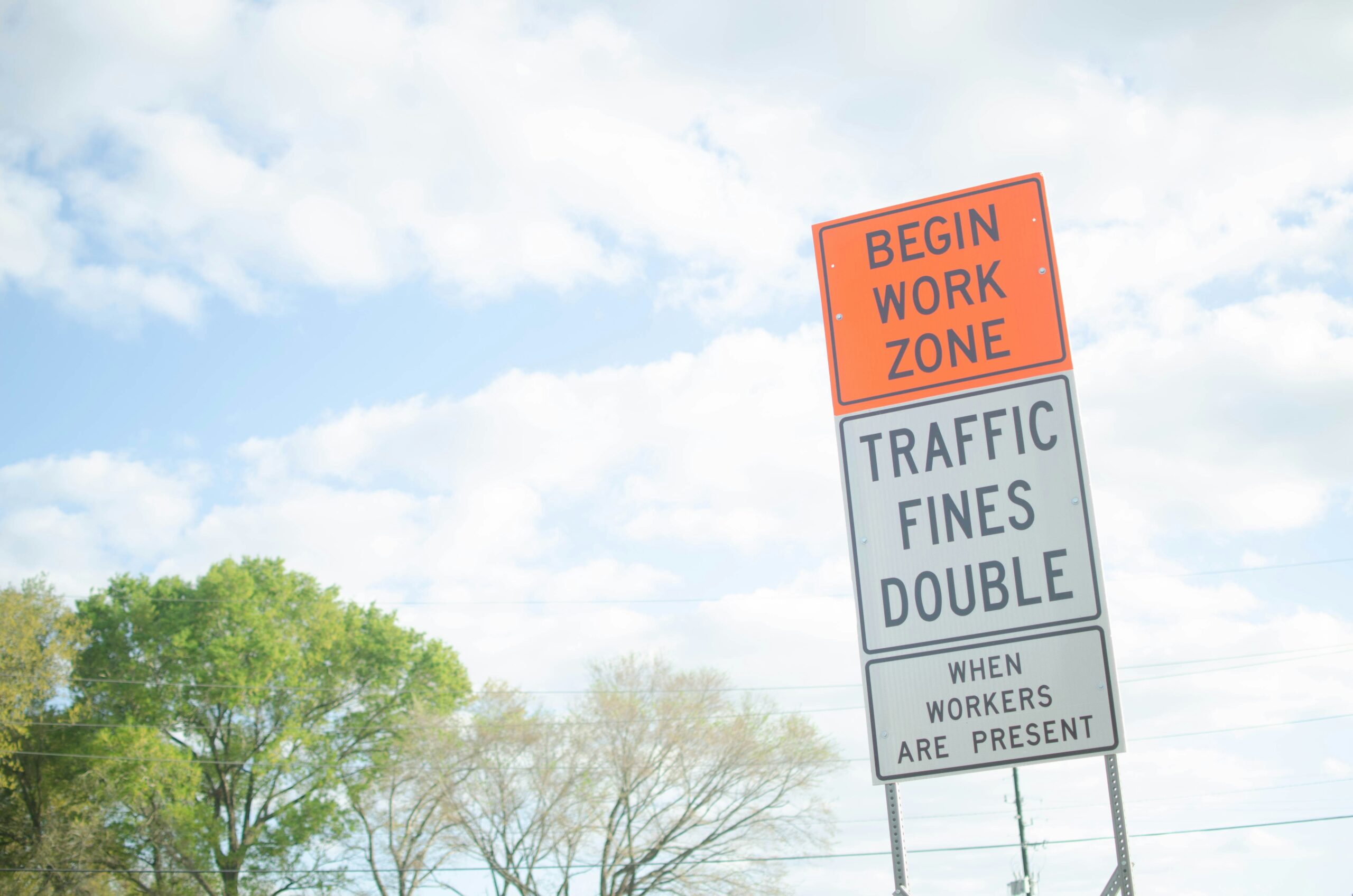Introduction
The biggest mistake in paid advertising is speaking to everyone. When your targeting is off, your budget burns fast and your conversions stall. Paid traffic success begins with smart targeting. Whether you’re using Meta Ads, Google Ads, or any other platform, knowing who you’re reaching — and how — can make or break your results. In this guide, we’ll walk you through the most powerful targeting strategies that consistently lead to high-quality traffic and real conversions.
1. Know Your Buyer Persona
Before you run a single ad, you need to define exactly who you’re trying to reach. Creating a buyer persona helps you focus your messaging and target setup.
Your persona should include:
- Age and gender
- Occupation and income
- Location
- Interests and behaviors
- Goals, pain points, and online habits
Example:
Let’s say you’re selling productivity software. Your ideal customer might be a 35-year-old remote team leader, tech-savvy, active on LinkedIn, and interested in team management tools.
Once you know your persona, platforms like Meta or Google make it easy to layer in targeting options that match.
2. Use Detailed Interest Targeting (Meta Ads)
Meta (Facebook & Instagram) offers some of the most granular targeting options in digital advertising. You can use:
- Demographics: Education, job title, relationship status
- Interests: Business, parenting, fitness, etc.
- Behaviors: People who travel, shop online, donate to charities
Pro tip:
Combine interests (like “Online Business” + “Email Marketing”) for more specific targeting, and exclude broad segments like “engaged shoppers” if your goal is lead gen instead of sales.
3. Build and Use Lookalike Audiences
Lookalike audiences are one of the most powerful tools in paid traffic.
What is it?
It’s an audience that “looks like” your best customers — based on data from your email list, website traffic, or existing leads.
How to use it:
- Upload your email list or customer database
- Create a 1% Lookalike (closest match) in Meta Ads or Google Ads
- Test 1–3% variations to expand reach without sacrificing quality
Why it works:
These users already share similar behaviors with people who bought from you — increasing your chances of success.
4. Retarget Warm Traffic
Not everyone converts the first time they see your offer — and that’s okay. Retargeting lets you follow up with users who already interacted with your brand.
Types of retargeting:
- Website visitors (visited specific pages or products)
- Social media engagers (watched a video, liked a post)
- Abandoned carts (perfect for e-commerce)
- Previous leads who didn’t buy
Best practice:
- Use different creative from your cold audience ads
- Emphasize urgency, scarcity, or testimonials
- Limit frequency to avoid ad fatigue
5. Segment Based on Funnel Stages
Your cold leads, warm leads, and past buyers are in different stages of the sales funnel. They need different messaging.
TOFU (Top of Funnel)
- Goal: Awareness
- Content: Educational video, blog, lead magnet
- CTA: Learn more / Read now
MOFU (Middle of Funnel)
- Goal: Consideration
- Content: Product demo, comparison, free trial
- CTA: Sign up / Try for free
BOFU (Bottom of Funnel)
- Goal: Decision
- Content: Discount offer, testimonials, guarantee
- CTA: Buy now / Start today
By aligning your targeting and messaging with funnel stages, you increase relevance — and conversions.
6. Leverage Keyword Intent (Google Ads)
In Google Search campaigns, intent is everything. You’re not just choosing keywords — you’re choosing what mindset your audience is in.
High-intent keywords:
- “Buy email marketing tool”
- “Best landing page software for small business”
- “Hire a copywriter online”
Low-intent keywords:
- “What is marketing”
- “Tips for productivity”
- “Free business ideas”
Use exact match or phrase match for high-intent traffic, and monitor search terms to remove irrelevant ones with negative keywords.
7. Use Geo-Targeting for Local Relevance
If you serve specific areas or want to run campaigns with regional offers, geo-targeting is essential.
Tips:
- Target by city, zip code, or radius (Google)
- Use location-specific headlines or images
- Exclude regions where your service/product isn’t available
Example:
Running a promo in Miami? Your ad could say: “Miami Businesses: Save 30% on Email Tools This Week Only.”
8. Create Audience Exclusions
Just as important as who you target is who you exclude.
Reasons to exclude:
- People who already converted (avoid wasting budget)
- Employees or competitors (they’ll skew your data)
- Irrelevant age groups or devices
Platforms like Facebook and Google allow custom exclusions using pixels, lists, and behavior filters.
9. Combine Targeting Types for Precision
The best targeting campaigns combine layers:
- A 1% Lookalike audience + engaged shoppers
- Cold audience + interest filters + language targeting
- Google Ads campaign + keyword + device + location filters
More layers = more relevance
More relevance = more conversions at a lower cost
10. Constantly Test and Optimize
Even with perfect personas and lookalikes, targeting is not set-and-forget. Your audience’s behavior changes — and so should your strategy.
What to test regularly:
- New audiences vs. warm traffic
- Fresh interests or custom segments
- Cross-platform targeting (e.g., Facebook to YouTube)
Use A/B tests to refine your approach and track results weekly.
Conclusion: Good Targeting is Smart Spending
When you know exactly who you’re speaking to, every dollar you spend on paid traffic goes further. You stop wasting clicks and start driving real results.
Strong targeting isn’t about complexity — it’s about clarity. Know your ideal customer. Reach them where they are. Speak directly to their needs. That’s how you turn paid traffic into profit.



